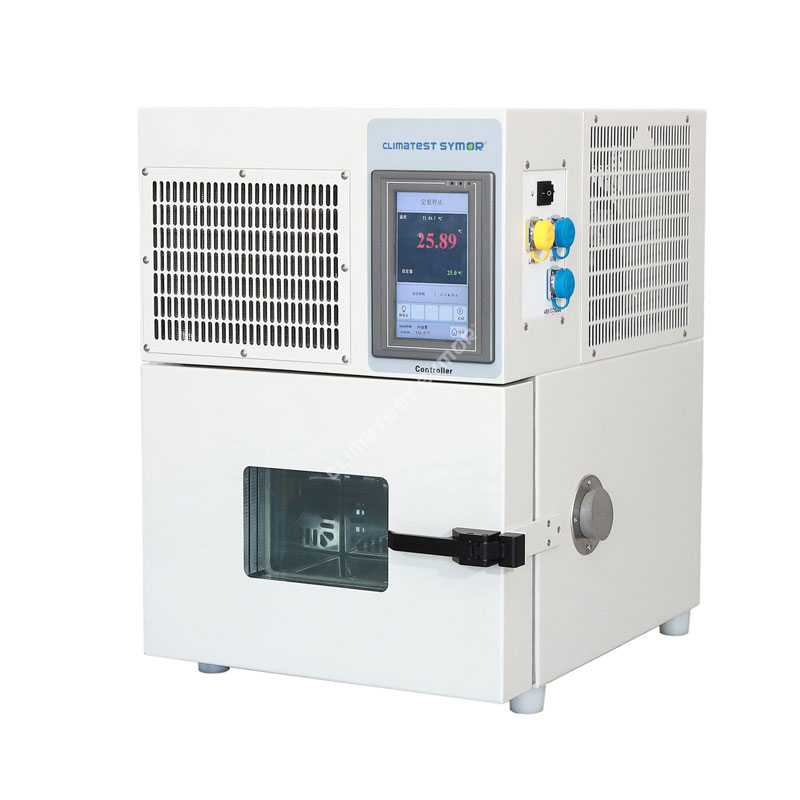How Benchtop Temperature Test Chambers Work
2025-07-08
Benchtop temperature test chambers are compact, precision-engineered devices used to simulate various temperature environments for testing materials, electronic components, and products. These chambers are widely utilized in quality control, research and development, and reliability testing across industries such as electronics, automotive, aerospace, and pharmaceuticals. Despite their small footprint, benchtop temperature chambers provide accurate and repeatable temperature control, enabling engineers and researchers to assess product performance under specific thermal conditions.
Basic Structure and Components
A benchtop temperature test chamber typically consists of a well-insulated enclosure, a temperature control system, heating and cooling elements, sensors, and a user interface. The test chamber's walls are made with thermally insulating materials to maintain internal conditions and minimize heat exchange with the external environment. Inside, the chamber includes racks or platforms to hold the test specimens.
The core of the chamber’s functionality lies in its thermal regulation components. These usually include electric resistive heaters for warming the internal air and refrigeration systems or thermoelectric coolers (often based on the Peltier effect) for cooling. An integrated circulation fan ensures uniform temperature distribution throughout the chamber.
Temperature Control and Operation
Benchtop temperature chambers operate based on a closed-loop feedback system. A programmable controller sets the desired temperature conditions, while thermocouples or RTD (Resistance Temperature Detector) sensors constantly monitor the internal environment. When the temperature deviates from the setpoint, the controller automatically activates the heating or cooling system to restore the correct condition. Advanced models allow for temperature cycling—rapid shifts between hot and cold phases—to simulate real-world stress conditions and aging.

Many chambers support temperature ranges from as low as -70°C to over +180°C, with high precision and stability. The chambers are controlled via touchscreen interfaces or external software connected through USB or Ethernet, allowing for programmable test profiles, data logging, and remote monitoring.
Applications and Advantages
Benchtop temperature chambers are ideal for testing smaller components or assemblies without requiring large-scale environmental chambers. They are widely used for:
Electronic component testing to ensure reliability under thermal stress.
Material stability analysis to study how plastics, metals, or composites behave at different temperatures.
Pharmaceutical research for stability and shelf-life testing.
Automotive sensor and part validation under simulated conditions.
The key advantages include their compact size, ease of integration into lab environments, lower energy consumption compared to walk-in chambers, and their ability to deliver consistent and controlled testing conditions.
Conclusion
Benchtop temperature test chambers play a crucial role in modern product development and quality assurance. By offering precise thermal control in a small and efficient package, they enable industries to ensure their products can withstand the temperature extremes they may encounter in real-world usage. As technology continues to evolve, these chambers will likely incorporate more advanced control features and connectivity options, further expanding their capabilities in simulation and testing.
As a professional manufacturer and supplier, we provide high-quality products. If you are interested in our products or have any questions, please feel free to contact us.